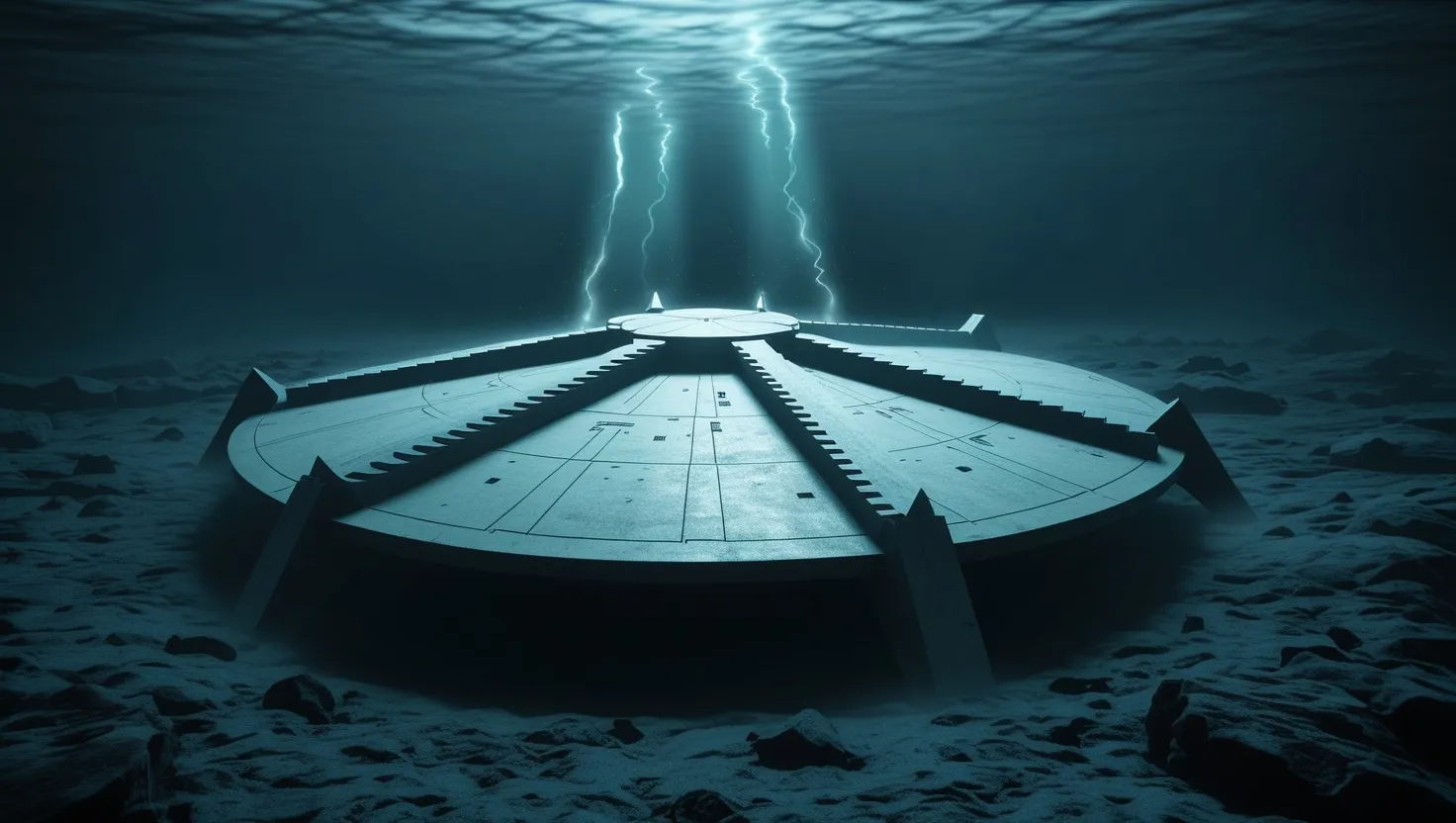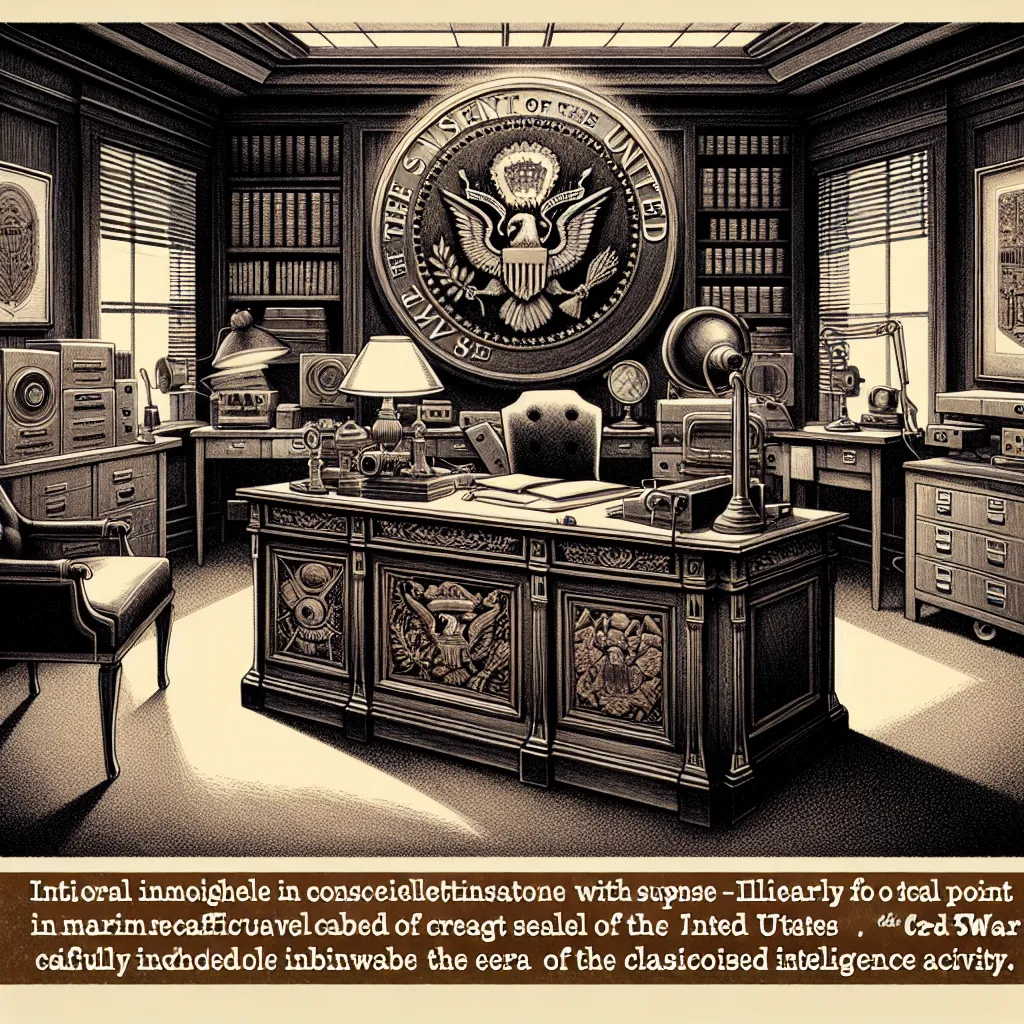The Baltic Sea Anomaly has captivated imaginations since its discovery in 2011, sparking theories ranging from sunken UFOs to lost civilizations. As I delved into the research, I found myself increasingly fascinated by how this underwater mystery challenges our understanding of both geology and history.
Let’s dive in, shall we? Picture this: You’re part of a treasure hunting team scanning the cold waters of the Baltic Sea when suddenly your sonar picks up something extraordinary - a massive disc-shaped object nearly 200 feet across sitting on the seafloor. At first glance, it bears an uncanny resemblance to the Millennium Falcon from Star Wars. But this is no movie prop; it’s a real structure buried beneath 300 feet of murky water.
The Ocean X team who made this startling find described seeing straight lines, right angles, and even what looked like a staircase leading to a dark hole. Now, nature isn’t known for producing perfect geometric shapes underwater, so you can imagine how quickly speculation ran wild. Was this the smoking gun proof of ancient advanced civilizations? Or perhaps concrete evidence of extraterrestrial visitors?
Here’s where things get even stranger. As researchers attempted to study the anomaly up close, they encountered bizarre equipment malfunctions. Electrical devices would mysteriously stop working within 200 meters of the object. Compasses spun uselessly. Even satellite phones refused to connect. It was as if the structure was surrounded by some kind of localized electromagnetic field.
“We have experienced things that I really couldn’t imagine and I have been the team’s biggest skeptic regarding these different kinds of theories,” said Peter Lindberg, co-founder of Ocean X. “I was kind of prepared just to find a stone formation or something. But it was not like anything we had seen before.”
So what could explain these high-tech hiccups? Some point to the anomaly’s unique mineral composition. Samples retrieved from the site contain high levels of limonite and goethite - metallic elements not usually found in such concentrations in Baltic Sea geology. Could these minerals be interacting with Earth’s magnetic field in some unknown way?
But let’s take a step back and look at the bigger picture. If this truly is an artificial structure, how did it end up at the bottom of the Baltic Sea? And more importantly, who could have built it?
Here’s where things get really interesting. Geological dating places the anomaly’s exposure on the seafloor at around 14,000 years ago. That’s long before any known advanced civilizations in the region. In fact, it predates the end of the last Ice Age when much of northern Europe was still buried under massive glaciers.
This timeline poses a significant challenge to our understanding of human history. Are we missing a crucial chapter in the story of early human development? Or could this structure have an origin beyond our planet?
I know what you’re thinking - surely there must be a simple, natural explanation. And you wouldn’t be alone in that thought. Many geologists argue that the Baltic Sea Anomaly is likely a glacial deposit, shaped by the immense forces of retreating ice sheets. The straight edges and right angles? Potentially the result of fracturing as the structure settled on the seafloor.
But this explanation has its own set of problems. How do we account for the seemingly artificial elements like the staircase-like structure? And what about those pesky equipment malfunctions? Natural formations don’t typically emit electromagnetic interference.
The truth is, we’re still far from a definitive answer. Each expedition to the site seems to raise more questions than it answers. Advanced mapping technologies are now being employed to create detailed 3D models of the anomaly, hoping to unlock its secrets without the need for direct contact.
As we continue to probe this underwater enigma, it’s worth considering the words of Arthur C. Clarke: “Two possibilities exist: either we are alone in the Universe or we are not. Both are equally terrifying.” The Baltic Sea Anomaly forces us to confront the limits of our knowledge and the possibility that there may be more to our planet’s history than we currently understand.
What do you think? Could this be evidence of a lost civilization that predates our current historical timeline? Or is it more likely to be an unusual but natural formation? How would the confirmation of either possibility change our view of human history and our place in the universe?
Regardless of its ultimate origin, the Baltic Sea Anomaly serves as a powerful reminder of how much we have yet to discover about our own planet. The oceans, which cover over 70% of Earth’s surface, remain largely unexplored. Who knows what other mysteries might be lurking in the depths, waiting to challenge our understanding of the world?
As we continue to push the boundaries of underwater exploration, we must approach findings like the Baltic Sea Anomaly with a balance of skepticism and open-mindedness. It’s easy to jump to fantastical conclusions, but the real excitement lies in methodically unraveling the mystery through scientific investigation.
“The most beautiful thing we can experience is the mysterious,” Albert Einstein once said. “It is the source of all true art and science.” The Baltic Sea Anomaly embodies this sentiment perfectly. It challenges us to question, to explore, and to imagine possibilities beyond our current understanding.
So the next time you gaze out over the ocean, remember that beneath those waves lie countless untold stories and unexplained phenomena. The Baltic Sea Anomaly is just one piece of a much larger puzzle - a reminder that our world still holds secrets capable of captivating our collective imagination.
What other underwater mysteries have captured your interest? How do you think discoveries like the Baltic Sea Anomaly impact our understanding of history and science? Let’s keep the conversation going and continue to explore the unknown together.






